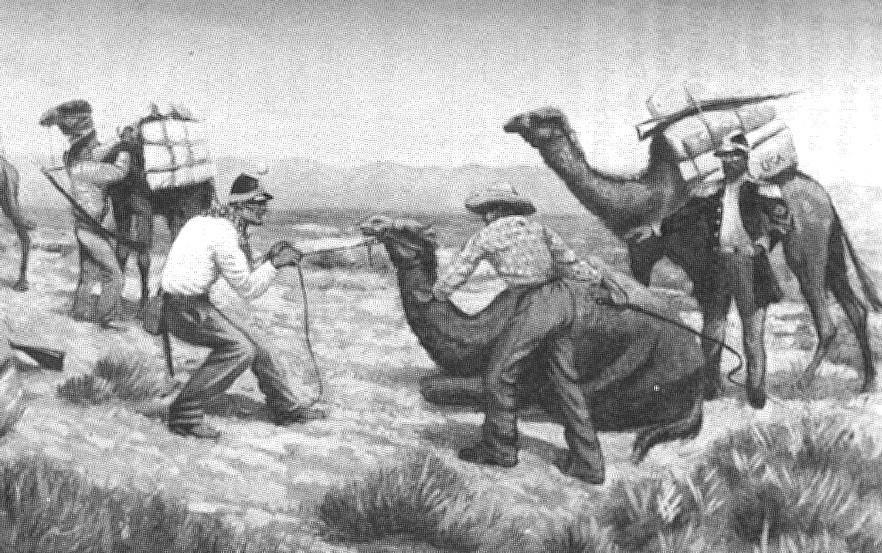Famous Visitors to Pecos County Through History
Pecos County is rightly known as “the crossroads of the west” because of the historic paths and the famous people who came through here. Here are just a few.
Confederate General H.H. Sibley
The Sibley campaign
During the Civil War, General Henry Hopkins Sibley convinced the Confederacy early in the war that he could lead a column of men out of San Antonio to capture the gold fields in Colorado, California and other western territory. They passed through Fort Stockton, camping near Comanche Springs on their way west, then came back through after the Battle of Glorieta Pass in New Mexico. Although he was victorious, his entire supply train was destroyed by raiders, forcing a rapid and painful retreat back to San Antonio. This incident is the basis for the western film, The Good, The Bad and The Ugly.
Jefferson Davis theorized that camels could be used to chase the Comanches and other native Americans because of their ability to survive in the desert.
The camel experiment
After Jefferson Davis (then Secretary of War) arranged for the purchase of several camels to be shipped to Indianola, Texas, Lt. Echols set out in May 1859. The expedition arrived at Camp Hudson on May 18. The group remained at Camp Hudson for five days then departed for Fort Stockton, Texas, arriving on June 12.
On June 15, the expedition set out for the mouth of Independence Creek to test the camels ability to survive without water. The distance traveled was approximately eighty-five miles at four miles per hour. The camels showed no desire for water during the trip but were watered upon arrival.
The party then set out on a 114-mile, four-day journey to Fort Davis near the Rio Grande. During this segment of the journey, one of the camels was bitten on its leg by a rattlesnake; the wound was treated and the animal suffered no ill effects. Upon reaching Fort Davis, the horses and mules were distressed but the camels were not.
After a three-day rest the expedition returned directly to Fort Stockton. Hartz wrote that "the superiority of the camel for military purposes in the badly-watered sections of the country seems to be well established."
The Civil War intervened, and once it was over the United States had no desire to resume a program begun by the former President of the Confederacy.
The Conquistadors
Despite what most of learned in our U.S. history classes that the English established the earliest colonies in the New World Spain had sent explorers to what is now Pecos County years earlier. Cabeza de Vaca visited Comanche Springs between 1527 and 1537, while Juan Dominguez de Mendoza visited Comanche Springs and present-day Girvin on his expedition.


